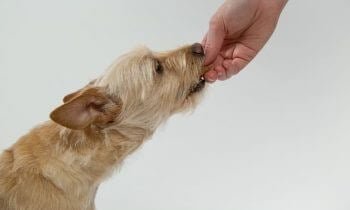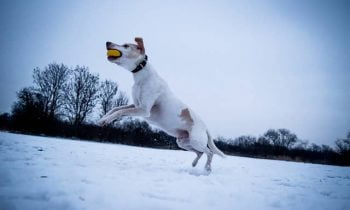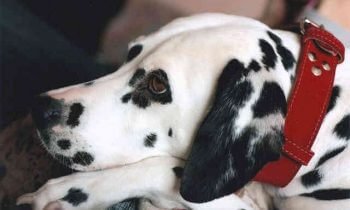Potty training, sometimes called house training, is one of the most important things that new dog owners should teach their puppies or new grown dogs. Simply put, a potty-trained dog will know the proper places where they could pee and do their business. It also involves teaching your dog self-control especially when you want them to pee and poop outside the house. Potty training should be done immediately after bringing home your new dog.
The most common method of potty training dogs has three stages.
Stage 1: Establishing the ‘toilet’ area.
This stage which usually takes up to eight to nine weeks to fully teach a dog the designated places where they can pee and poop. This also entails letting them know which places should not be used as toilets.
If you plan on setting up a litter inside your home, restrict your puppy in one small area of your home. If you plan on taking them outside, you should build a habit of taking them out at regular times like after waking up, after eating or after playing so they can get used to a pattern. Doing this will ensure that your dog knows the times it can go potty and therefore can learn to time its needs to the established times.
Stage 2: Teaching self-control.
The second stage takes a bit longer than the first to master. During this stage, your puppy should learn how to control itself to wait until it is taken outside before relieving themselves. Of course, you should also ensure that you continue the habit of taking them outside so as not to confuse them or worse contribute to them developing bladder problems.
During this stage, puppies might have little accidents around the house when they can’t control their bladder or poos. Remember not to punish them by hitting them as this will not help in their learning. Trainers recommend taking your puppy out more often if they’re having trouble controlling their bodily functions and then eventually start spacing out the trips outside when they learn more self-control.
Stage 3: Extending clean zone.
At this stage your new dog is probably potty-trained. It’s now time to introduce them to other parts of your home. Introduce them to new ‘clean zones’, places they can’t use to relieve themselves in, like your bedroom or your children’s bedroom. This stage is devoted to getting your dog acquainted with their new home.
This stage usually takes another month or two. Accidents may still occur. If they do, continue what is advised during stage 2 and start taking them out more often until they can control their functions even when they are in other parts of your home. Again, remember not to slap or hit your dog or puppy as punishment for when they accidentally pee inside the house. Physical punishment is said to hijack the potty-training process as hitting your dog might lead to it being afraid to pee in front of you choosing to pee in secret whenever you aren’t watching instead.
Potty training or house breaking is an important part of welcoming a new pet inside the home. It might take a lot of time, work and patience on the owner’s side but it will surely pay off. Having a well-trained dog will save you cleaning time and prevent your house from smelling like dog pee (or worse dog poo).

 Choosing the best food to feed your dog
Choosing the best food to feed your dog Picking the right dog toys for your pet
Picking the right dog toys for your pet The best and worst types of dog collars
The best and worst types of dog collars